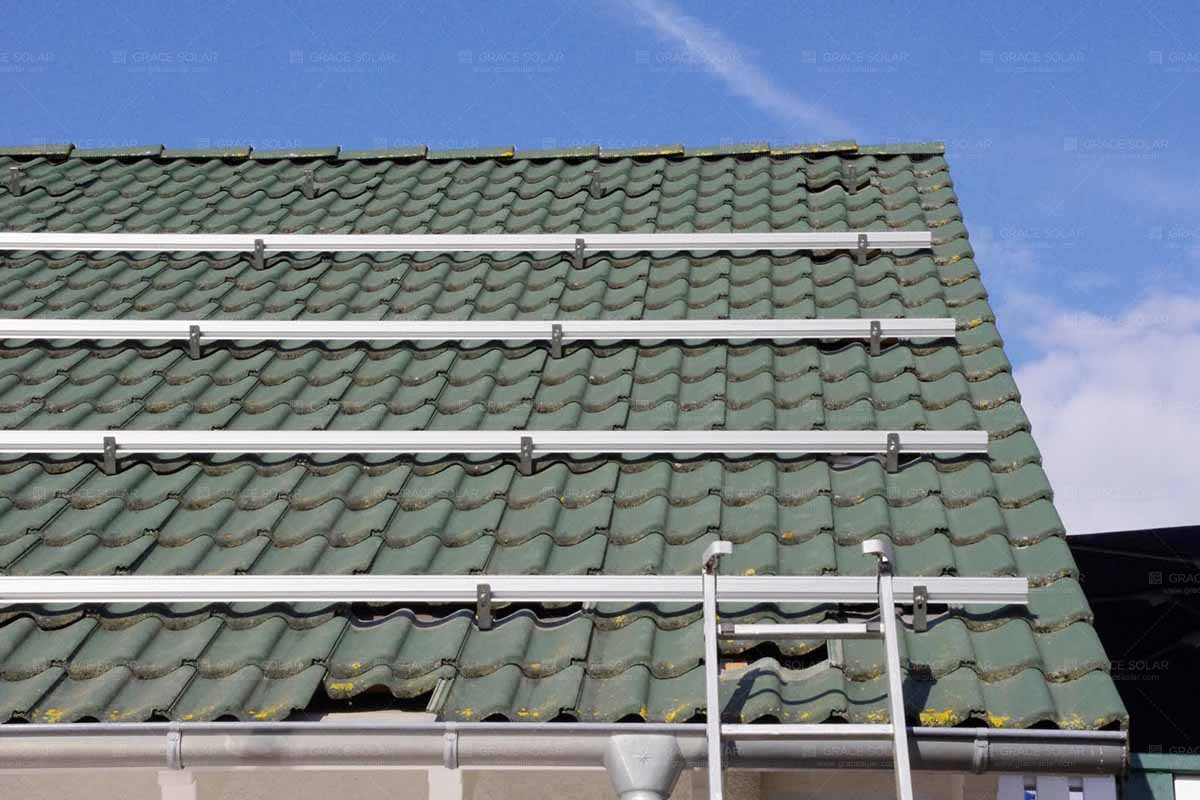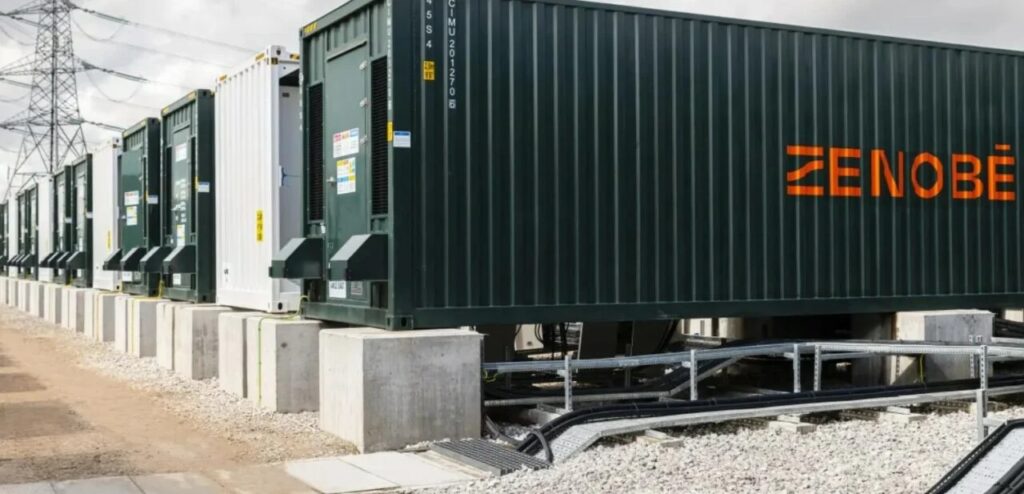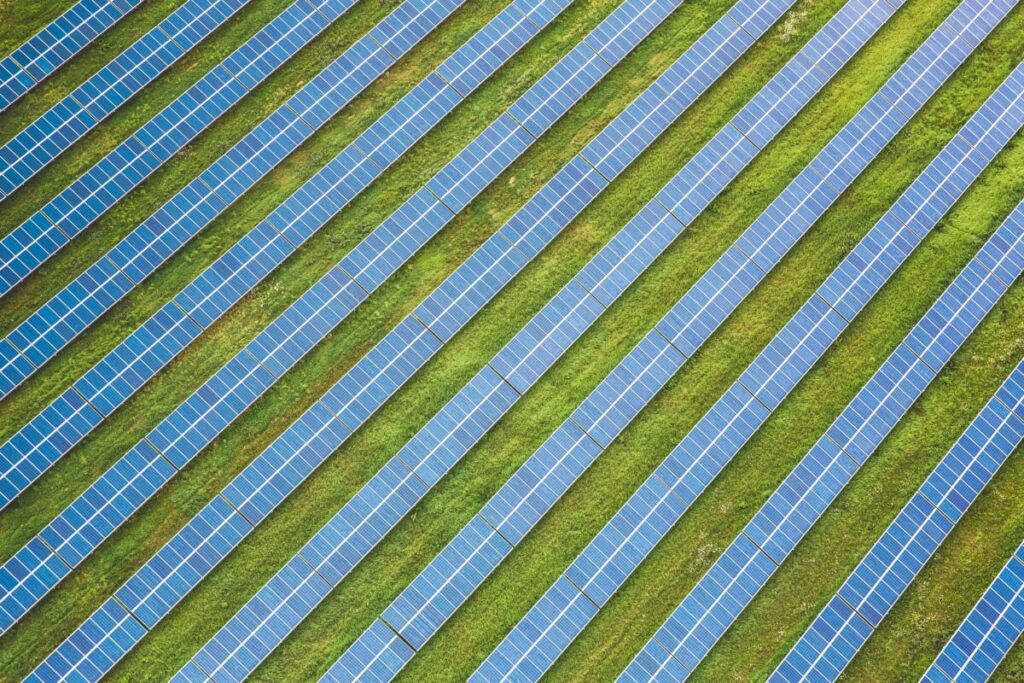Design of Solar Mounting System
Challenges faced by solar mounting system design, one of the most important features of the component assembly components of any type of solar photovoltaic mounting design is weather resistance. The structure must be strong and reliable to withstand such external effects as atmospheric erosion, wind loads and other external effects. Safe and reliable installation, maximum use effect with minimum installation cost, almost maintenance-free, reliable maintenance, these are all important factors to be considered when making a choice. High wear resistant materials are used in the solution to resist wind snow loads and other corrosive effects. Comprehensive use of aluminum alloy anodizing, ultra-thick hot-dip galvanizing, stainless steel, anti-UV aging and other technical processes to ensure the service life of solar brackets and solar tracking.
 The maximum wind resistance of the solar bracket is 216 km/h, and the maximum wind resistance of the solar tracking bracket is 150 km/h (greater than a typhoon of level 13). Compared with the traditional fixed bracket (the number of solar panels is the same), the new solar module bracket system represented by the solar single-axis tracking bracket and the solar dual-axis tracking bracket can greatly improve the power generation of the solar module. The power generation of the single-axis tracking bracket assembly can be increased by 25%, and the solar dual-axis bracket can even be increased by 40% to 60%.
The maximum wind resistance of the solar bracket is 216 km/h, and the maximum wind resistance of the solar tracking bracket is 150 km/h (greater than a typhoon of level 13). Compared with the traditional fixed bracket (the number of solar panels is the same), the new solar module bracket system represented by the solar single-axis tracking bracket and the solar dual-axis tracking bracket can greatly improve the power generation of the solar module. The power generation of the single-axis tracking bracket assembly can be increased by 25%, and the solar dual-axis bracket can even be increased by 40% to 60%.
Pitched roof solar system
Depending on the substructure of the sloping roof, you will be provided with unique accessories specially developed for the sloping roof photovoltaic system to meet your requirements.
Features of sloping roof photovoltaic system bracket:
Suitable for tile roofs with different thicknesses Adjustable height accessories flexibly meet customer applications
Flexible and effective bracket position adjustment
No damage to the roof self-waterproofing system
Flat roof solar system
Common flat roof forms are: concrete flat roof, color steel plate flat roof, steel structure flat roof, spherical joint roof, etc.
Features of flat roof photovoltaic system bracket:
Large-scale neat laying
A variety of stable and reliable connection methods to the foundation
According to the different needs of customers, unique accessories can be developed to meet the requirements
Large-scale ground solar system
Common large-scale ground photovoltaic systems generally use concrete strip (block) foundation form (special foundation conditions need to consult professional soil mechanics designers).
Features of large ground photovoltaic system bracket:
Quick installation and construction progress of large-scale ground photovoltaic system power station
Flexible and changeable adjustment forms to meet the complex and changeable requirements of the construction site
In order to meet the installation requirements of large-sized battery modules and be used in areas with high wind speed, a ground reinforcement structure is designed. The support system can adjust the horizontal angle according to needs. When installing the system, no on-site welding is required. , according to the assembly drawings provided by us, place the bolts in the corresponding bolt holes, and then the installation can be completed. Main features: module area of 12.8 square meters; completely maintenance-free; high reliability and long service life; power up to 1.6 kilowatts; no need to move, the system is fixed; wind resistance ≥ 200 km/h; reasonable price.
Pitched roof solar system
Depending on the substructure of the sloping roof, you will be provided with unique accessories specially developed for the sloping roof photovoltaic system to meet your requirements.
Features of sloping roof photovoltaic system bracket:
Suitable for tile roofs with different thicknesses Adjustable height accessories flexibly meet customer applications
Flexible and effective bracket position adjustment
No damage to the roof self-waterproofing system
Flat roof solar system
Common flat roof forms are: concrete flat roof, color steel plate flat roof, steel structure flat roof, spherical joint roof, etc.
Features of flat roof photovoltaic system bracket:
Large-scale neat laying
A variety of stable and reliable connection methods to the foundation
According to the different needs of customers, unique accessories can be developed to meet the requirements
Large-scale ground solar system
Common large-scale ground photovoltaic systems generally use concrete strip (block) foundation form (special foundation conditions need to consult professional soil mechanics designers).
Features of large ground photovoltaic system bracket:
Quick installation and construction progress of large-scale ground photovoltaic system power station
Flexible and changeable adjustment forms to meet the complex and changeable requirements of the construction site
Reduce the number of accessories to facilitate on-site workers to identify and install
In order to meet the installation requirements of large-sized battery modules and be used in areas with high wind speed, a ground reinforcement structure is designed. The support system can adjust the horizontal angle according to needs. When installing the system, no on-site welding is required. , according to the assembly drawings provided by us, place the bolts in the corresponding bolt holes, and then the installation can be completed. Main features: module area of 12.8 square meters; completely maintenance-free; high reliability and long service life; power up to 1.6 kilowatts; no need to move, the system is fixed; wind resistance ≥ 200 km/h; reasonable price.



